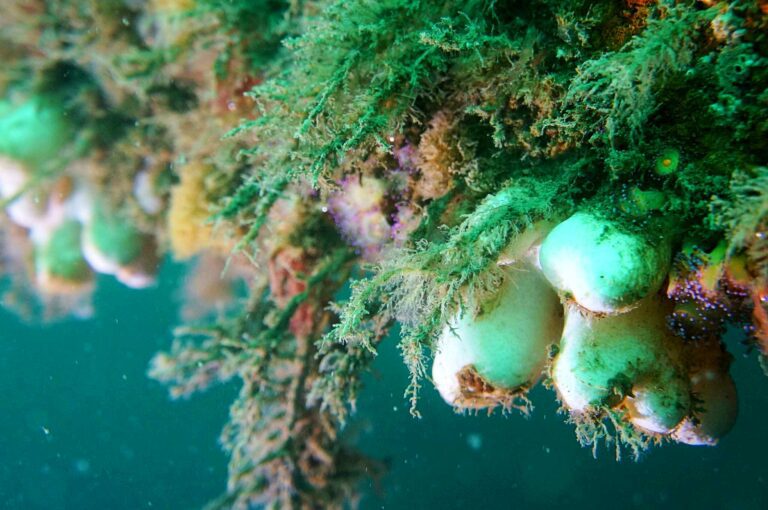While it will be no surprise to scuba divers that shipwrecks offer a haven for marine life, UK researchers have for the first time measured the extent of the role they play in keeping the fishing industry from laying waste to entire seabeds.
The estimated 50,000 wrecks around the UK coast provide a refuge for fish, often-vulnerable corals and other marine species in areas that are still open to destructive bottom-towed fishing, according to the scientific team from the University of Plymouth and UK-based conservation organisation the Blue Marine Foundation (BMF).
The two bodies have long collaborated in exploring the benefits of Marine Protected Areas (MPAs), and they conducted their study around five upright North Sea shipwrecks, all sunk in the late 19th and early 20th centuries off the Berwickshire coast, at depths from 17 to 47m.
The wrecks were the Pettico, Messina, Glanmire, Dove and East Neuk, three of them timber vessels, one iron and one steel. The Glanmire and East Neuk both lie in areas closed to trawling.
Supported by local boat-crews, the researchers gathered video footage of the wrecks, the surrounding 50m radius, and control locations at least 150m from the wreck-site.
Marine-life density
The average density of marine life was found to be 240% greater on and around wreck-sites than at sites actively exploited for bottom-trawling. In parts of the seabed within a 50m radius of the wreck, the density was as much as 340% greater than on unsheltered control sites.
Where vulnerable species – mostly large, sessile filter-feeders – were almost entirely absent from trawled seabeds, on shipwrecks they accounted for around 28% of the total abundance of life.
In areas closed to fishing trawlers, the marine life was notably less keen to hang out on wrecks. It was 149% more abundant away from wreck-sites than on them, and 85% more abundant on the seabed outside a 50m radius of a wreck than within that radius.
“It has long been thought that shipwrecks could be playing an important role in providing sanctuary for marine species to utilise,” said BMF Scotland project manager and study co-author Joe Richards. “It is brilliant to see this proven in this study.
“The research provides an insight into what might be possible if bottom-towed fishing activity is reduced. This feeds into our wider understanding of shipwrecks’ potential to contribute to ecosystem recovery and enhancement, given the sheer number found on the seabed.”
The study offers “a quantifiable method to evaluate the ecological contribution of shipwrecks in disturbed areas”, say the authors, highlighting the importance of factoring wreck-sites into future conservation plans as well as the benefits of MPA status. It has just been published in the journal Marine Ecology.
Also on Divernet: Wreck Tour 128: The River Garry, Wreck Tour 142: The U74E, Wreck Tour 167: The Scotia, Wreck Tour 176: The Aulton

